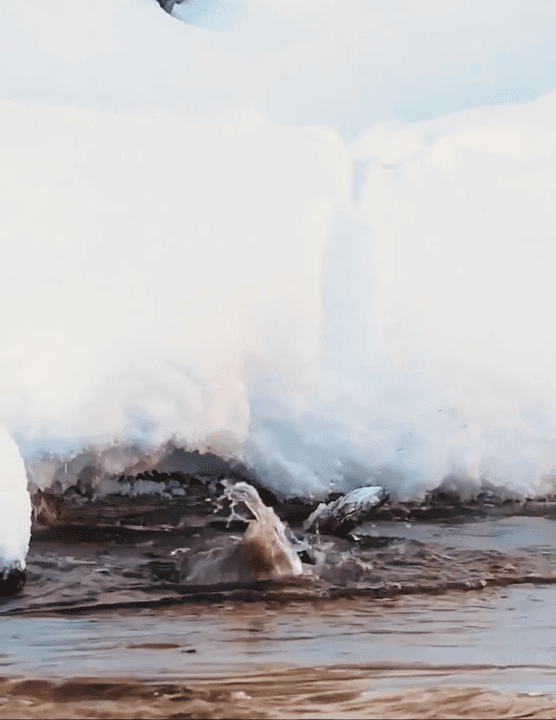
Terre de Chasse 2025 at Château Filhot – 29–31 August 2025 National Hunting Expo & Outdoor Tradition Fair in Sauternes, France Terre de Chasse returns to the elegant grounds of Château Filhot in Sauternes from 29–31 August 2025. Organized by Gascogne Events in partnership with Reworld Media, it’s France’s emerging national fair celebrating hunting federations, traditions, environment, and outdoor heritage—all in a single, immersive experience for 1,000–3,000 expected attendees. History & Organizers of Terre de Chasse 2025 at Château Filhot Responding to a regional void, Gascogne Events and media group Reworld Media (publishers of Chasseur Français and La Revue Nationale de la Chasse) launched Terre de Chasse to unite hunting enthusiasts across Nouvelle-Aquitaine. The first edition in 2024 was attended by about 15,000 visitors and 150+ exhibitors, marking a successful revival of a traditional national hunting fair. Highlights & Attractions Canine Centre: Live demonstrations of reg
Post: 24 July 06:53
















































